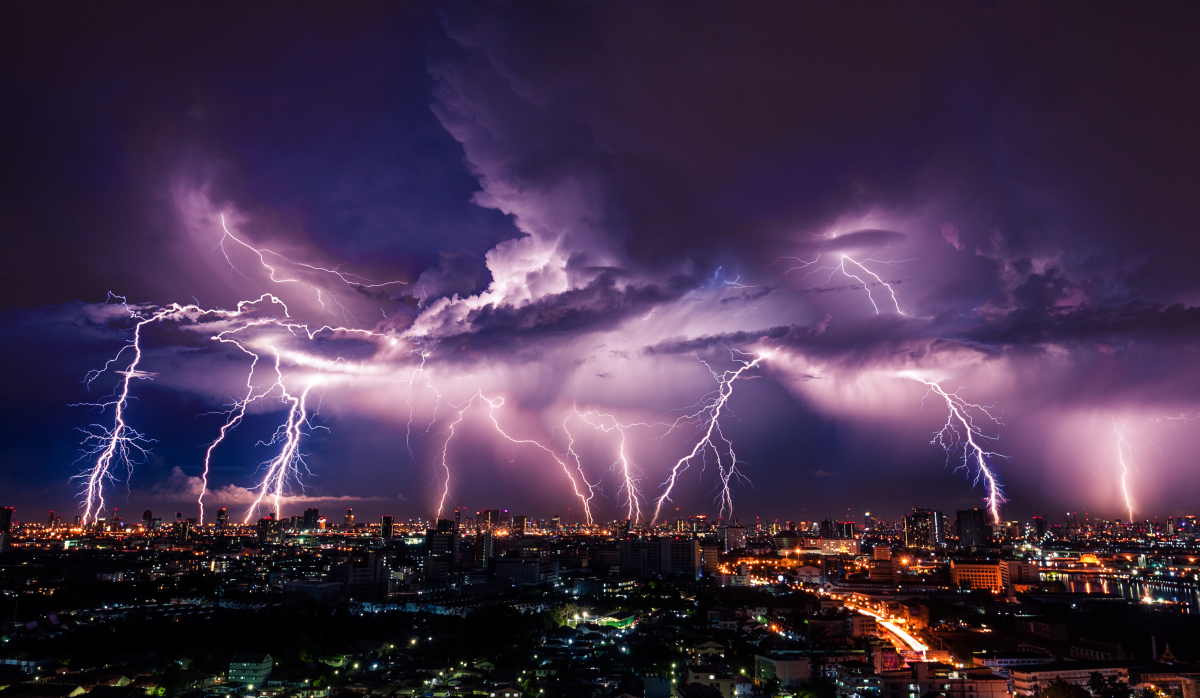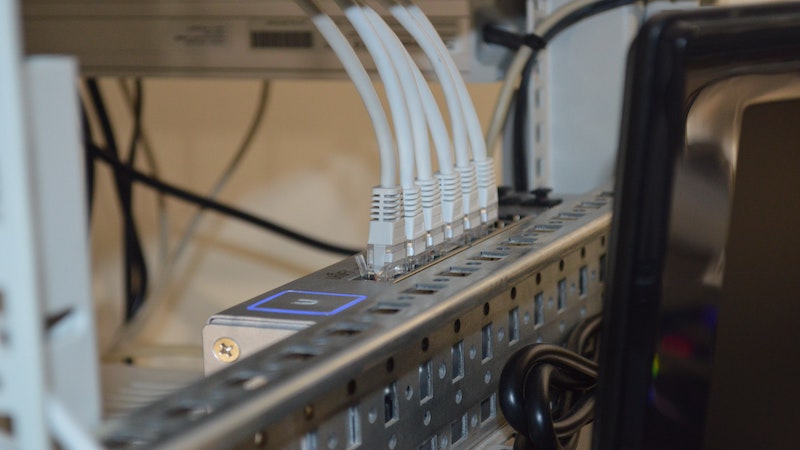That’s why your devices need special protection
Statistically, the most thunderstorms occur in the summer months – by the way, significantly more in southern Germany than in the rest of the republic. Even as children we learned that in the event of thunder and lightning we should at least unplug the TV, the antenna and the connection to the telephone line. But does that still apply? And what about other devices, especially the smart home devices available in many households today, which in many cases are even installed under plaster and sometimes cannot be easily disconnected from the network?
According to insurers, lightning and thunderstorms cause annual damage of around 400 million euros in Germany. According to the General Association of the German Insurance Industry, in 2017 there was an average damage of 840 euros per lightning strike.
Lightning has a current of up to 20,000 amps, while normal current has a maximum of 16 amps. Damage is inevitable. On the one hand, these can be caused by overvoltage. In this case, lightning strikes near the house, the high voltage of which can destroy electronic devices, especially if they are interconnected, as is the case today more than ever. Corresponding overvoltage protection devices and socket strips with overvoltage protection promise protection.
However, tests have shown that these often do not deliver what they promise, and damage cannot be ruled out, especially in the case of more complex IT devices. You should therefore, if possible, disconnect the devices from the power supply – so this still applies as before.
In addition, lightning damage can also cause damage by directly striking houses. In the worst case, fires and explosions can occur here. The antidote can be the lightning rod, which is recommended in any case (but is only mandatory for certain buildings). The energy of the lightning strike is conducted through a cable into the ground.
Even if lightning strikes are less likely to cause fires today due to the harder burning materials used, the entire electrical installation and the corresponding connected devices can be damaged. Therefore, both the classic roof lightning conductor and overvoltage protection in the electronic installation are recommended. It sounds expensive, but it is also indirectly noticeable through possibly lower premiums for fire protection or household insurance. By the way, you should keep in mind that the electronic devices themselves are only part of the damage. As a rule, insurance policies cover the replacement value, but not the data rescue measures, such as with a server or NAS, whose storage media are then unusable.
You should include the power grid as well as the data and telephone network in such a protection strategy. Because the latter can transmit overvoltage much further than the mains, because in contrast to the mains, an overvoltage filter is even counterproductive for the performance of the telephone, DSL or coaxial line. The reason: An overvoltage filter in a cable or DSL line would severely limit the bandwidth because it filters the frequencies too much and dampens the signal. Incidentally, this is the reason why you should still pay particular attention to televisions and satellite systems, but also routers and telephone systems (and therefore better disconnect them from the network).
It is also complicated to avert damage to smart home installations. Because these devices are often permanently installed. Surge protection can also be retrofitted here. Smart home devices such as digital outdoor cameras, sensors for temperature measurement and heating control as well as roller shutter control and switching units are protected even if they are permanently installed. The problem here, however, is the implementation: This should be carried out by a certified specialist for liability and insurance reasons.



